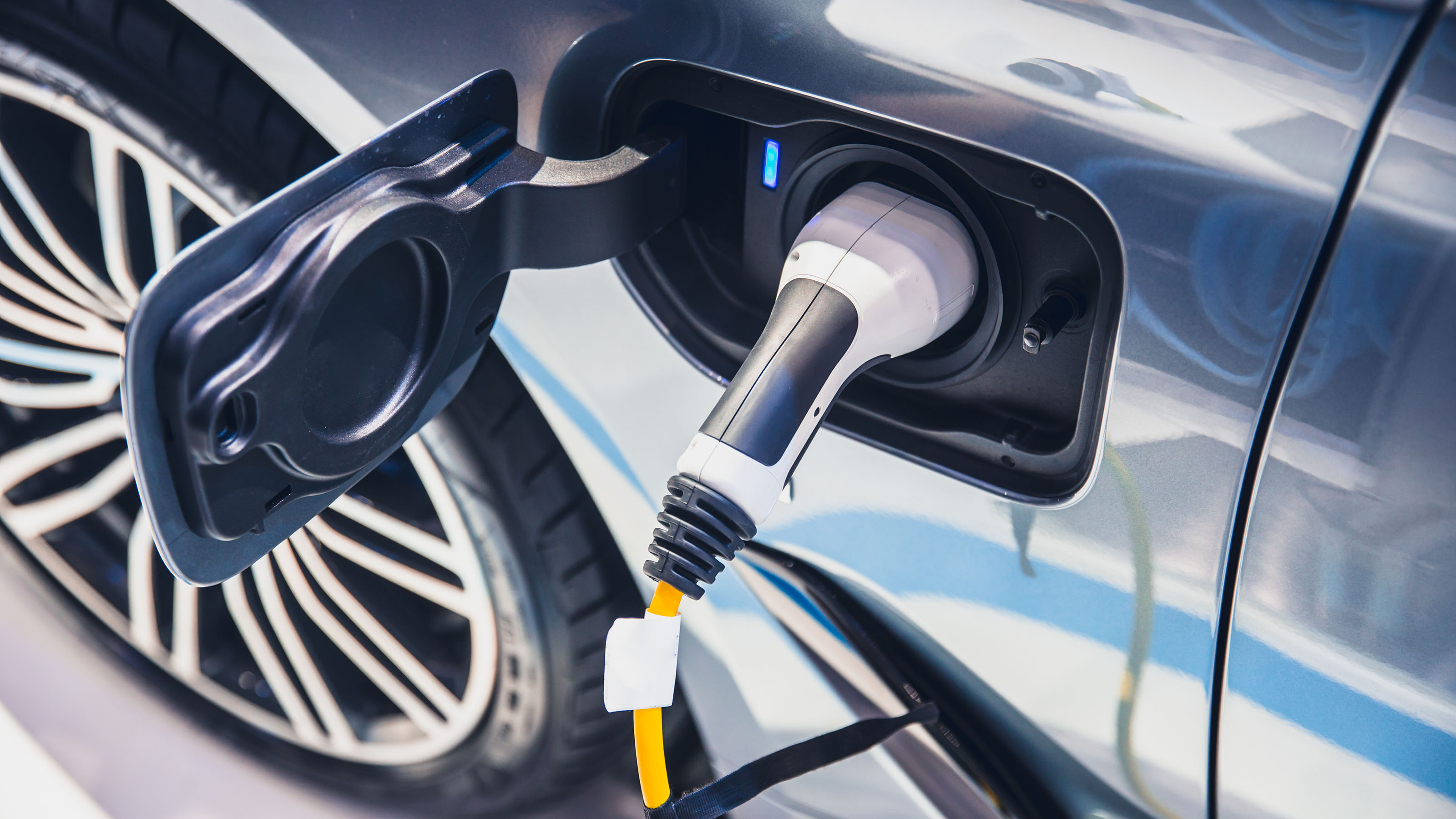Stricter Electric Vehicle Tax Credit Rules Began April 18
New battery component and critical mineral rules for the federal EV tax credit mean that very few EVs are currently eligible for the full $7,500 tax break.


Eagerly anticipated federal guidance on the EV tax credit was released earlier this year that limits which electric vehicles qualify for the $7,500 tax credit under the Inflation Reduction Act (IRA). The proposed rules set out requirements for critical minerals and battery components that must be met for an EV or “clean vehicle” to qualify for the full $7,500 tax credit. Vehicles that don’t meet all of the requirements could end up being eligible for only half the tax credit ($3,750), or in some cases, no credit at all.
The Treasury Department, in a statement, described the clean vehicle guidance as “an important step that will help consumers save up to $7,500 on a new clean vehicle and hundreds of dollars per year on gas, while creating American manufacturing jobs and strengthening our energy and national security.”
As of April 18, only a few EVs qualify for the full $7,500 tax credit. Some electric vehicles that don’t qualify include about nine models from mostly foreign manufacturers like Hyundai, Volkswagen, BMW, Rivian, Nissan, and Volvo.

Sign up for Kiplinger’s Free E-Newsletters
Profit and prosper with the best of expert advice on investing, taxes, retirement, personal finance and more - straight to your e-mail.
Profit and prosper with the best of expert advice - straight to your e-mail.
Some Tesla models, like the Model Y and in a new development, all of the Model 3 series are eligible for the full EV credit. The full list of vehicles qualifying for some or all of the tax credit amount can be found on the government's fuel economy website.
Meanwhile, Sen. Joe Manchin (D-WV), has threatened to sue the Treasury over the implementation of the EV tax credit, over concern that the clean vehicle rules provide too much flexibility for overseas manufacturers.
“It is horrific that the [Biden] Administration continues to ignore the purpose of the law which is to bring manufacturing back to America and ensure we have reliable and secure supply chains,” Manchin said in a statement regarding the proposed rules, and the IRA.
Note: The Inflation Reduction Act — massive climate, energy, tax, and healthcare legislation — was passed along Democratic party lines last year. The law contains billions of dollars in clean energy tax incentives and $80 billion in funding for the IRS. (Some of that funding has been clawed back and redirected due to the 2023 McCarthy-Biden debt limit deal.)
New EV Credit Sourcing Rules
Under the IRA, the maximum clean vehicle credit is $7,500 per vehicle, but half that amount applies to vehicles that meet critical mineral component requirements. The other half applies to vehicles that meet battery component requirements. Vehicles that meet both battery and critical mineral requirements would qualify for the full EV tax credit for 2023.
- Critical Mineral Requirement. For 2023, 40% of the critical minerals contained in a credit-eligible EV battery need to be extracted or processed in the U.S. or a free trade country, or recycled in North America. The applicable percentages would go up by 10% each year after 2023, until 2027, when the applicable percentage would reach 80%.
- Battery Component Requirements. The component portion of the EV tax credit equation also increases over time. The applicable percentage of the battery required to be sourced in North America for purposes of the tax credit starts at 50% this year. Each year after, the percentage would incrementally increase, and ultimately reach 100% by 2029.
The critical minerals and battery guidance released March 31 by the IRS are proposed rules. There is a 60-day public comment period before the rules become final. However, the battery and critical mineral component requirements will apply as of April 18, 2023. As of April 18, few electric vehicles qualify for the full $7,500 tax credit than qualified on April 17.
If you’re in the market for an electric car or EV SUV this year and hope to get a tax break on the purchase, keep an eye on the IRS list of qualifying vehicles. That list will change as time goes on and your favorite EV may become eligible for the full tax credit.
Get Kiplinger Today newsletter — free
Profit and prosper with the best of Kiplinger's advice on investing, taxes, retirement, personal finance and much more. Delivered daily. Enter your email in the box and click Sign Me Up.

As the senior tax editor at Kiplinger.com, Kelley R. Taylor simplifies federal and state tax information, news, and developments to help empower readers. Kelley has over two decades of experience advising on and covering education, law, finance, and tax as a corporate attorney and business journalist.
-
 6 Stunning Waterfront Homes for Sale Around the US
6 Stunning Waterfront Homes for Sale Around the USFrom private peninsulas to lakes, bayous and beyond, Kiplinger's "Listed" series brings you another selection of dream homes for sale on the waterfront.
By Charlotte Gorbold Published
-
 Six Reasons to Disinherit Someone and How to Do It
Six Reasons to Disinherit Someone and How to Do ItWhether you're navigating a second marriage, dealing with an estranged relative or leaving your assets to charity, there are reasons to disinherit someone. Here's how.
By Donna LeValley Published